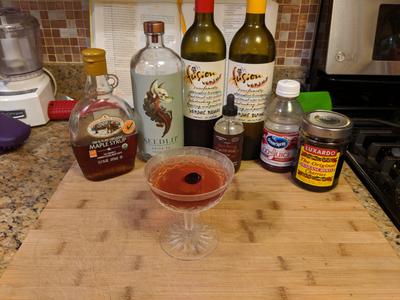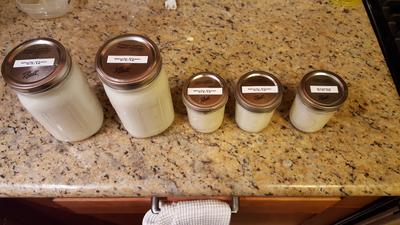I've been writing a lot of Go lately and finding it a pleasant balance of simplicity, power, functionality, and ecosystem support. In a lot of cases, I am finding the guarantees afforded by type safety to be really nice but, occasionally, the strict requirements can make some easy things much harder than I want them to be.
Recently, I found myself wanting to test the behavior of some code the hit a SQL database. Specifically, I wanted to check the results of a handful of queries with varied columns and column types. With Python, I'd approach this with SQLAlchemy, and turn the result into a list of dicts.
def rows_to_dicts(rows):
"""Covert a SQLAlchemy RowProxy into a list of dicts."""
return [dict(r) for r in rows]
From here, it's pretty straightforward to assert the result matches expectations. If you're using pytest, you'll also get really clear details on where the results aren't what you expect. If you don't have the expected columns or column types spot on, you're assertion will be off but you won't hit any underlying errors at this point of your testing.
Go, on the other hand doesn't have quite as easy an option. The crux of the problem is that the only way to get a result row out of a sql query is via (*Rows) Scan, which demands you know something about the structure of the result before you query. Luckily Scan is happy to read anything into a *string as long as you're asking for the right number of values so we can write an equivalent function to the python list comprehension.
import (
"database/sql"
)
func RowsToMaps(rows *sql.Rows) ([]map[string]string, error) {
columns, err := rows.Columns()
if err != nil {
return nil, err
}
columnCount := len(columns)
cursor := make([]interface{}, columnCount)
for i := 0; i < columnCount; i++ {
var columnValue string
cursor[i] = &columnValue
}
var resultMaps []map[string]string
for rows.Next() {
err := rows.Scan(cursor...)
if err != nil {
return resultMaps, err
}
rowMap := make(map[string]string, columnCount)
for i, columnPtr := range cursor {
key := columns[i]
var columnStr string
if columnStrPtr := columnPtr.(*string); columnStrPtr != nil {
columnStr = *columnStrPtr
}
rowMap[key] = columnStr
}
resultMaps = append(resultMaps, rowMap)
}
if err := rows.Err(); err != nil {
return resultMaps, err
}
return resultMaps, nil
}
This, much like the Python above, gives us a list of maps of column name to column value, with the minor caveats that all values are strings and NULL values become empty strings. I found it a useful chunk of code, so I thought I'd throw it up.
Sure, it's more verbose but sometimes that's the price we pay for dealing with dynamic results in a staticly typed language. There are other prices paid in the other direction.

